- About us
- Support the Gallery
- Venue hire
- Publications
- Research library
- Organisation chart
- Employment
- Contact us
- Make a booking
- Onsite programs
- Online programs
- School visit information
- Learning resources
- Little Darlings
- Professional learning
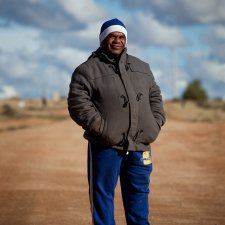
The photograph was a brief, candid moment, which unfolded into a portrait. Peter and I were in Silverton, NSW, chatting as our students explored the town. The weak afternoon light suddenly became dramatic and defined, so I asked Peter if I could take his portrait.
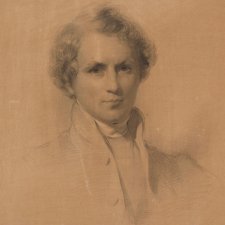
Jessica Smith looks at the 'fetching' portrait of Tasmania's first Anglican Bishop, Francis Russell Nixon by George Richmond
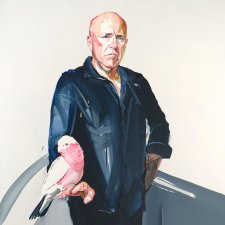
Richard Flanagan (b. 1961) was born in Longford in northern Tasmania, the second youngest of the six children of Archie Flanagan, a primary school principal, and his wife Helen.
1 portrait in the collection
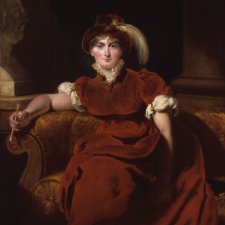
Anne Sanders writes about the exhibitions Victoria & Albert: Art & Love on display at the Queen's Gallery, Buckingham Palace and the retrospective of Sir Thomas Lawrence at the National Portrait Gallery, London.
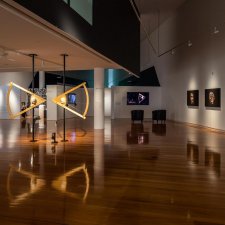
Penelope Grist explores the interplay between medicine and portraiture in Vic McEwan’s Face to Face: The New Normal.
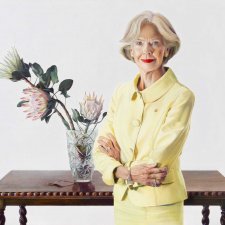
Susi Muddiman delights in Michael Zavros’ stunning portrait of the honourable Dame Quentin Bryce AD CVO.
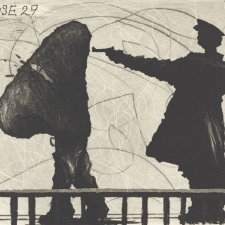
In the exhibition William Kentridge: Drawn from Africa at the National Gallery of Australia, the artist marries Gogol's Tsarist Russia, with that of Stalin and the damaging history of his homeland, South Africa.

Sarah Engledow writes about Gordon and Marilyn Darling and their support for the National Portrait Gallery throughout its evolution.

Traudi Allen discovers sensitivity, humour and fine draughtsmanship in the portraiture of John Perceval.
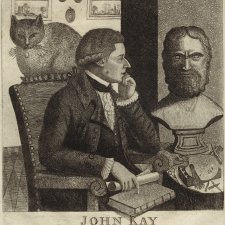
Joanna Gilmour presents John Kay’s portraits of a more infamous side of Edinburgh.
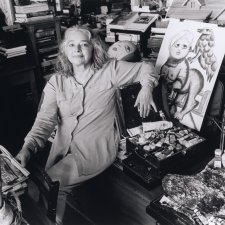
Select extracts from Mirka Mora's autobiography, Wicked but Virtuous, provide rich accompaniment to recent Gallery acquisitions.
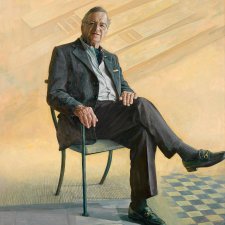
A new painting by Jiawei Shen captures the vision and resolve of the Gallery's founder, L. Gordon Darling AC CMG.
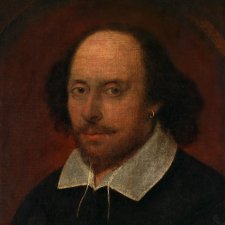
Take a peek at a selection of the portraits you can see in the exhibition.
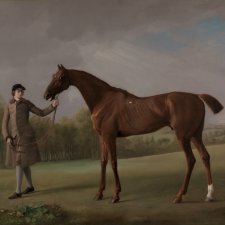
One of the chief aims of George Stubbs, 1724–1806, the late Judy Egerton’s great 1984–85 exhibition at the Tate Gallery was to provide an eloquent rebuttal to Josiah Wedgwood’s famous remark of 1780: “Noboby suspects Mr Stubs [sic] of painting anything but horses & lions, or dogs & tigers.”
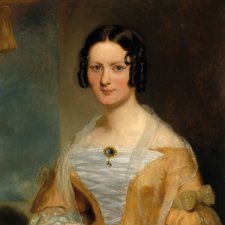
Henry Mundy's portraits flesh out notions of propriety and good taste in a convict colony.
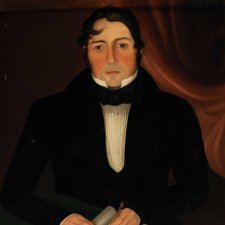
Joanna Gilmour explores the life and times of convict-turned-artist William Buelow Gould.